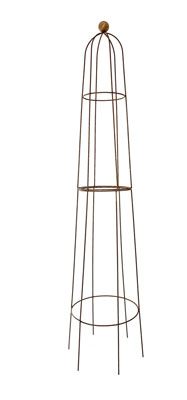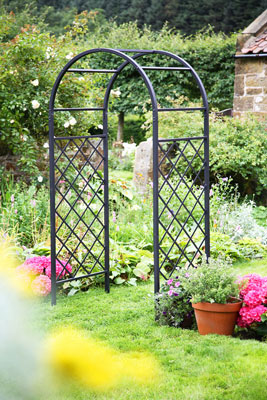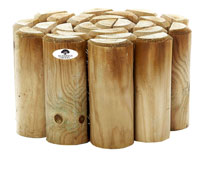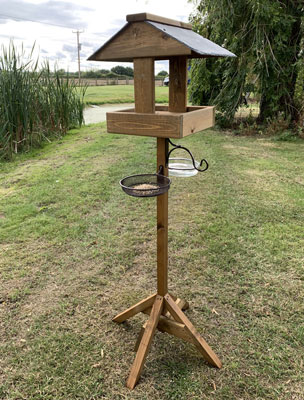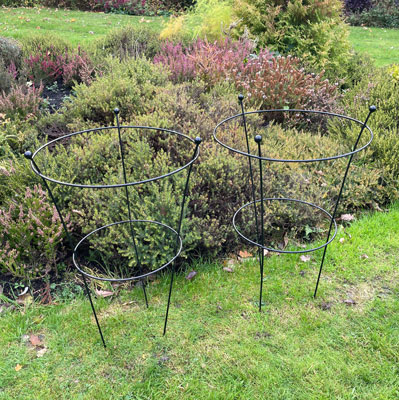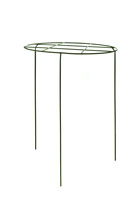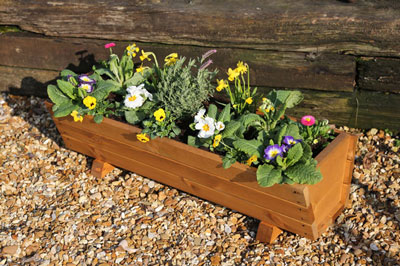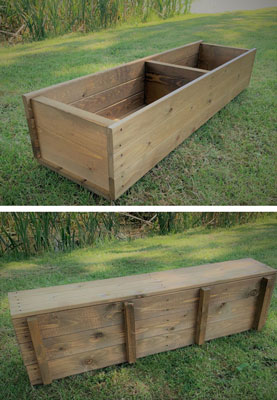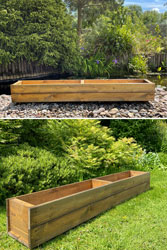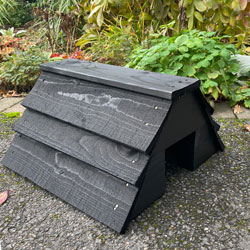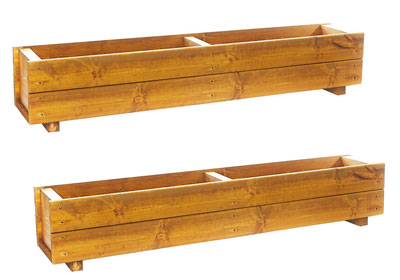Gardening Jobs
Gardening Jobs for September
Jobs for October
Depending on just where you live, this is the month for the big clean up. Fallen leaves will need collecting, and if you have a sensible number, put then in a big bag (we use old ton bags which once came full of sand or gravel) and put them in an out of the way spot with a paving slab on top to compress them, try to keep them moist and in a year or two you will have some really excellent leaf mould just about the best compost there is.
Annuals which have finished flowering (and seeding as much as you want them to) should be pulled out and either burned or composted, we leave a number of hardy annuals to seed at the front or our shrub bed and the marigolds, nigella, nasturtiums and larkspur give a real splash of colour year after year for virtually no effort from us. Perennials should be cut down when they have finished and similarly burned or composted.
The lawn should have its final cut, not too short, this month. If you have a wild flower meadow this must also be cut, and the cut material left in place for a couple of weeks to let the last of the seeds drop out and the area should be thoroughly raked to remove all plant material which would otherwise rot down and fertilise the soil to the benefit of grasses rather than wild flowers.
The vegetable garden should be cleaned up as much as possible, although if you have leeks, parsnips, or sprouts they can be left in the ground till you need them. If you cover any areas which are clear with black plastic or old carpet this will kill off a lot of weeds by excluding the light and will warm the soil ready for planting in the Spring.
Shrubs and trees need any damaged branches removing early in the month so that they cut can heal before dormancy, otherwise leave till Spring.
Gardening Jobs for June
Jobs for June
Hopefully there will be no more frosts now unless you are in very high latitudes, so plant out summer bedding, containers and hanging baskets if you have not already done so. Give containers a watering of diluted Tomorite now to encourage flowering.
Dead heading and pinching out to encourage bushy growth should continue, and overcrowded clumps of bulbs should be thinned out as soon as their foliage starts to die back. Once bulb foliage is dying the leaves can be removed for tidiness. Tying them up at any stage is not to be recommended.
In dry spells water not only containers and baskets, but also any recently planted out plants – and if these are trees or shrubs, give large quantities of water, about half a gallon per plant.
Pinch out side shoots of tomatoes (these are the small shoots that grow from the point where a leaf joins the stem). Start feeding tomatoes as soon as the first truss of fruit has set.
Tender vegetables such as sweet corn, courgettes, runner and French beans can be planted out now and any additional sowings can be made direct into the ground.
Some hedges will require trimming soon, but try very hard to let any birds which are nesting get their first brood out of the nest. Protect fruit from birds.
Be on the lookout for lily beetles (longish, red beetles) they can destroy your plants in a couple of days. Vine weevils are also very damaging.
Alart from all this water and enjoy the fruits of your labour.
Garden Jobs For May
Jobs for May
Well we didn’t get the continued warm weather during April so we are well behind last year up here in Yorkshire, so many of your May jobs might very well be April jobs!
One thing for sure though, this morning’s rain will bring a large crop of weeds bursting into life so the hoe will need to be busy in the vegetable garden and there will be hand weeding as well in both veg and flower borders.
When forsythia and other early flowering shrubs have finished they need to be pruned. For a mature specimen cut some shoots which have flowered back to the ground and most others back by half, less mature shrubs can be treated less aggressively so you get the ultimate shape and size that you want. These shrubs will flower next year on wood that grows later this year.
Deadheading begins here! Certainly daffodils and the like are best deadheaded so that the food produced by the leaves goes back into the bulb. Giving a liquid feed at this time of year will improve flowering next year. Thinning of crowded clumps needs to wait until the foliage starts to die down. If you are naturalising bulbs there is virtue in leaving them to seed, but this is a very hit and miss way of propagation and takes many years for good results.
All hardy plants should be going outside now, but leave frost-tender plants until the end of the month unless you are in a warmer micro-climate.
Primulas can be divided as soon as their flowers die down. Pinch out bedding plants to encourage bushy growth and heavy flowering later in the year. Don’t forget to harden off plants that have been raised indoors before planting them out.
If you need to skim off pondweed or blanket weed from a pond, leave the weed at the side of the pond for 24 hours so that any wildlife that gets caught up has a chance to get back into the water; then add the weed to your compost heap.
Garden Jobs For February
The list of jobs to do in any month is very variable, the weather in any particular year can change the ideal time by a good four weeks, your local climate by even more than this; and then there is your soil type a heavy clay will be much slower to dry out and warm up after a wet winter than a lighter, sandy soil.
So to start with a few jobs that are not dependant on these variables – make sure you have ordered all the seeds you are going to want. Most seed planting is not done till March or April when the soil has warmed up, ideally to about 10oC, and even for sowings indoors March is usually soon enough. One exception I make to this rule is indoor planting of leeks, which I do late February in containers we buy mushrooms in from the supermarket, they geminate quickly and by the time I plant out in mid April they are quite large, so they need a greater depth of compost than a normal seed tray would provide.
Another exception to this sowing regime is perennial plants. Some perennials will flower this year if you plant them indoors with heat (i.e. in a heated propagator) now and grow them on quickly. The majority, however, will only flower in the year after they are planted, see your seed catalogue for details.
If your land is not too wet and the weather suitable you can do some useful tidying up, shaping of shrubs and fixing of any garden structures the ravages of winter have damaged.
Some clematis should be pruned by now, so do this if you haven’t already, and some roses should be cut hard back, generally to within a foot or so of the ground. With both these make sure you know that your plants are the type to prune like this.
Finally, if your snowdrops have finished flowering, they should be dug up for dividing, when this is necessary, before the leaves die down
1. Get bedding plants
2. Tidy
3. If not too wet
4. Prune some clematis, roses
5. Check structures
6. Divide snowdrops after flowering


